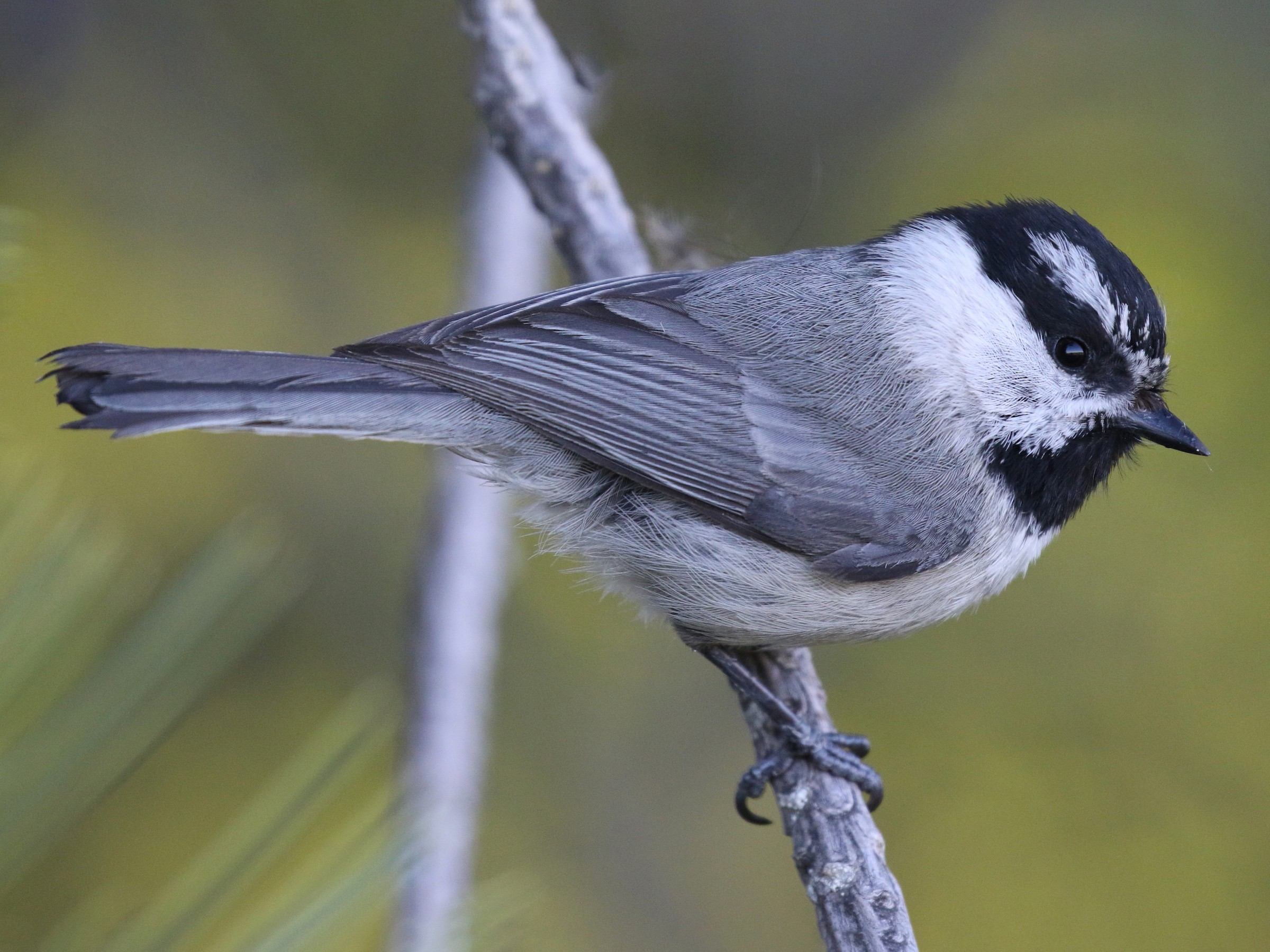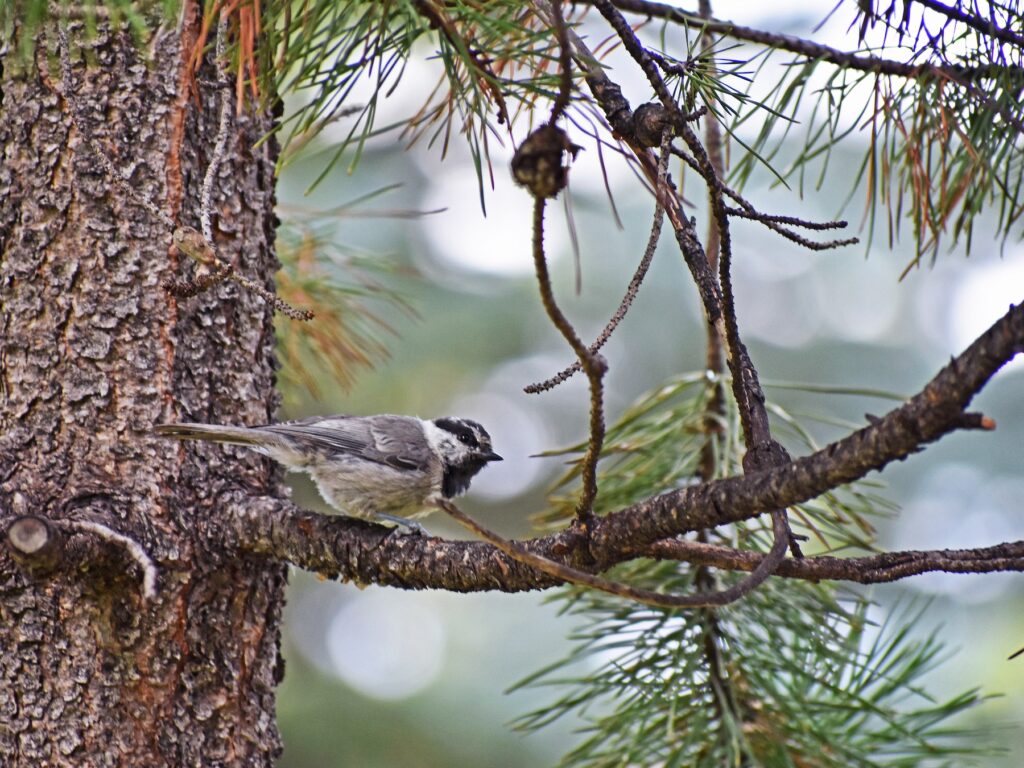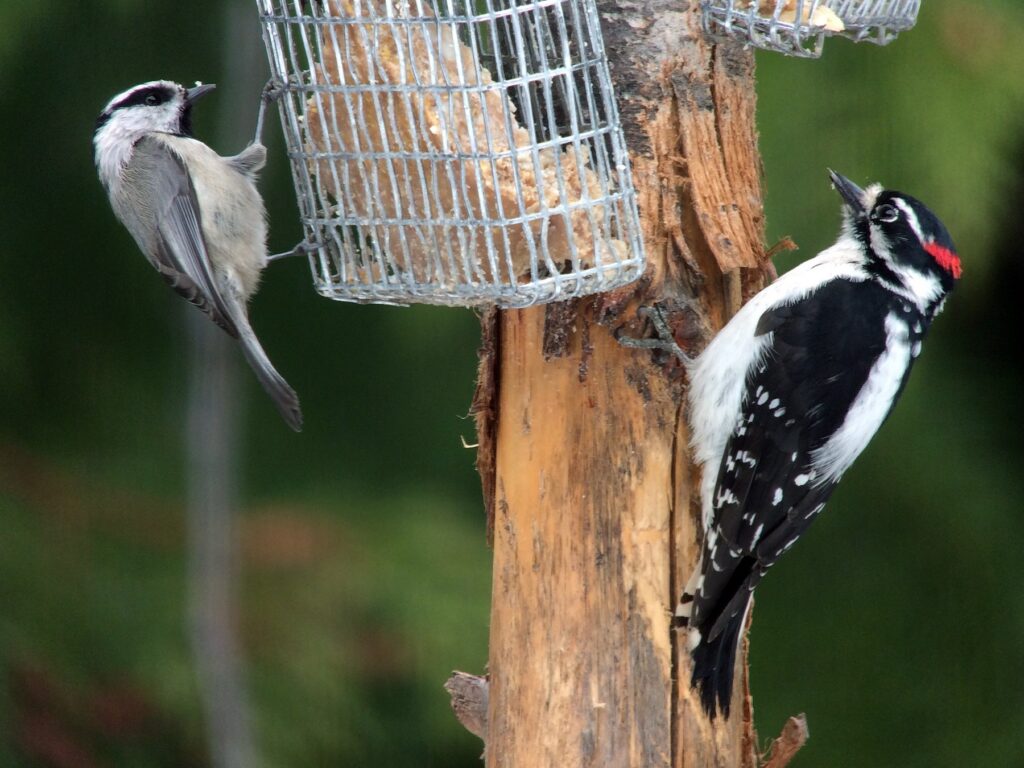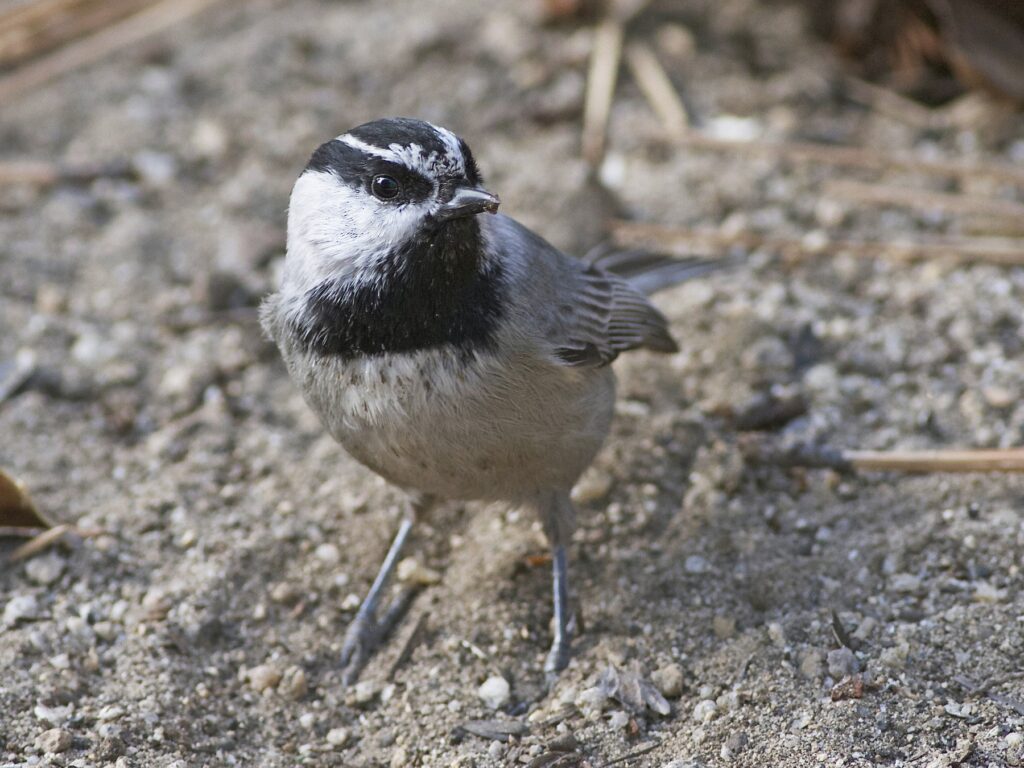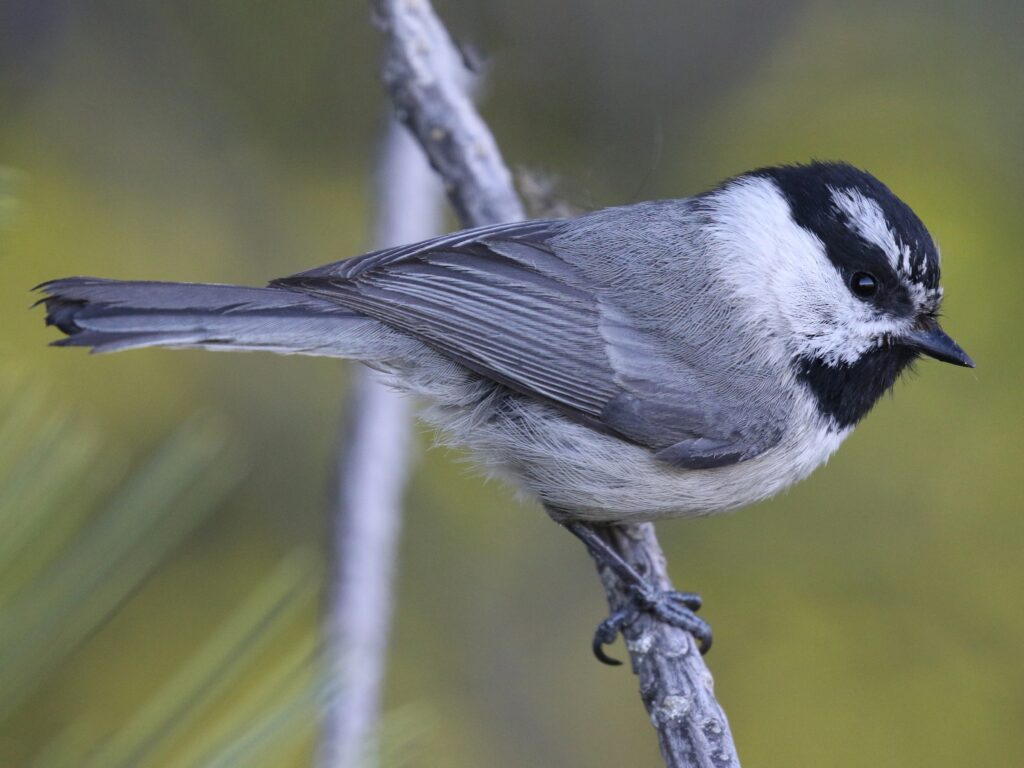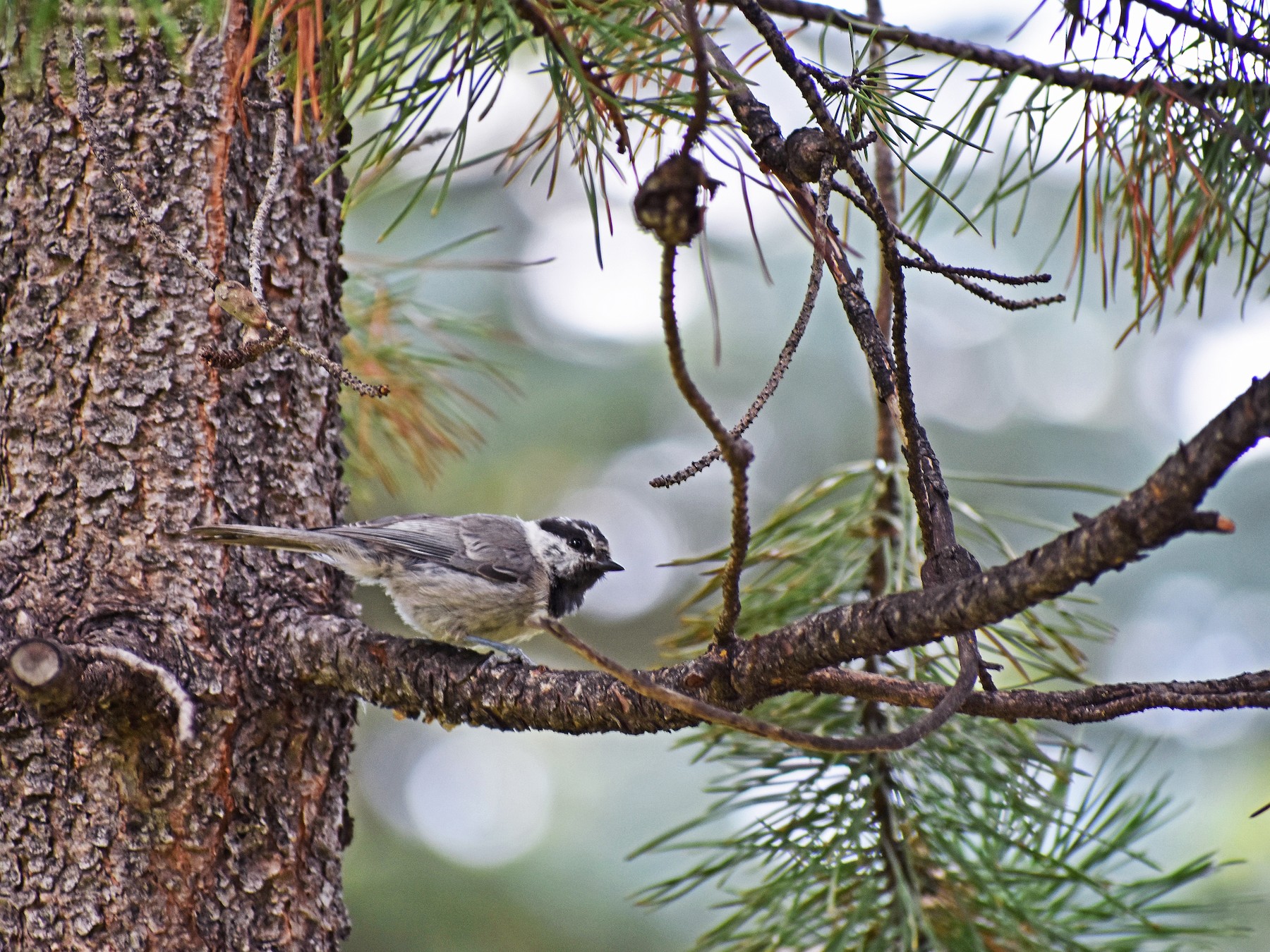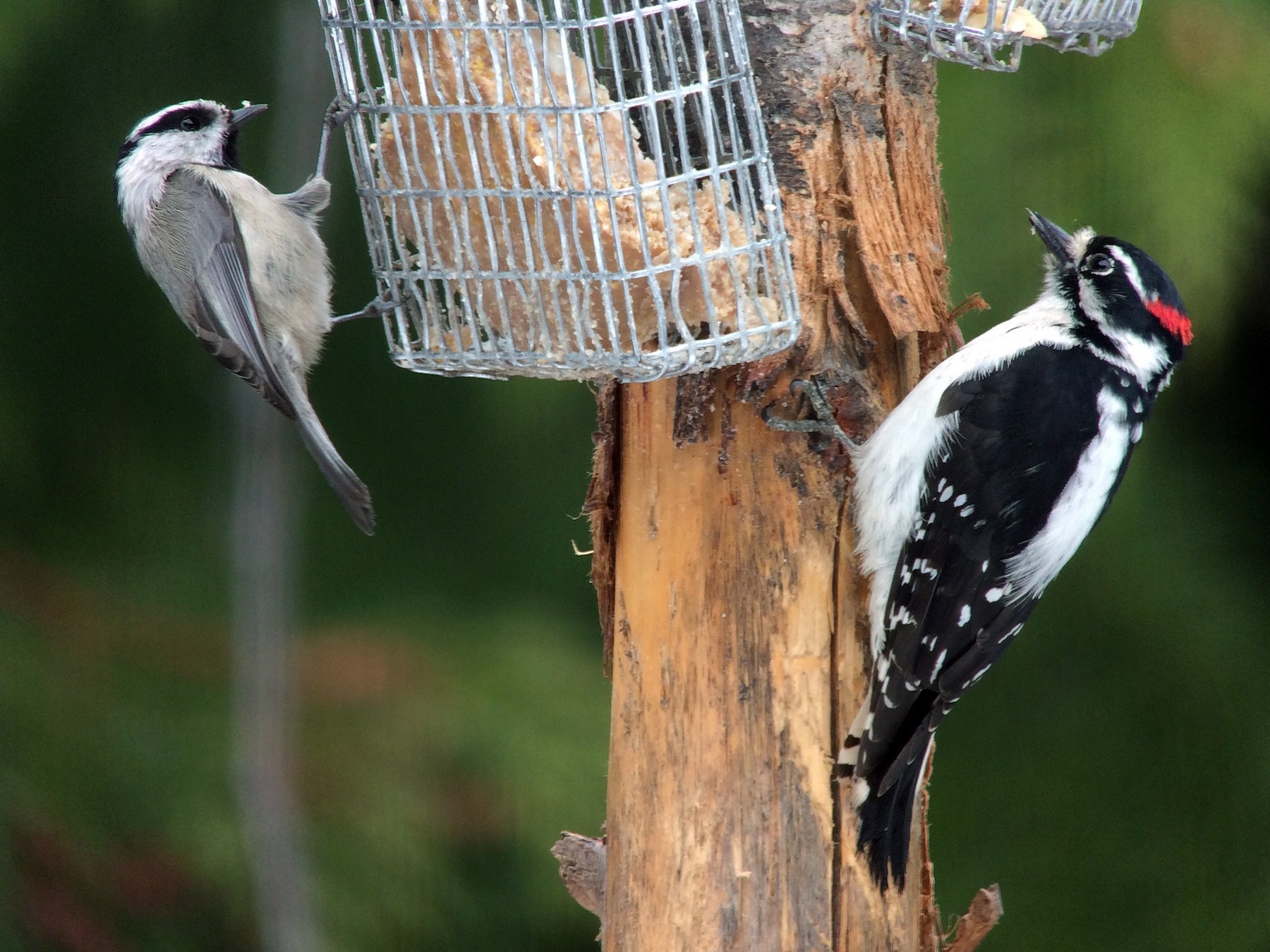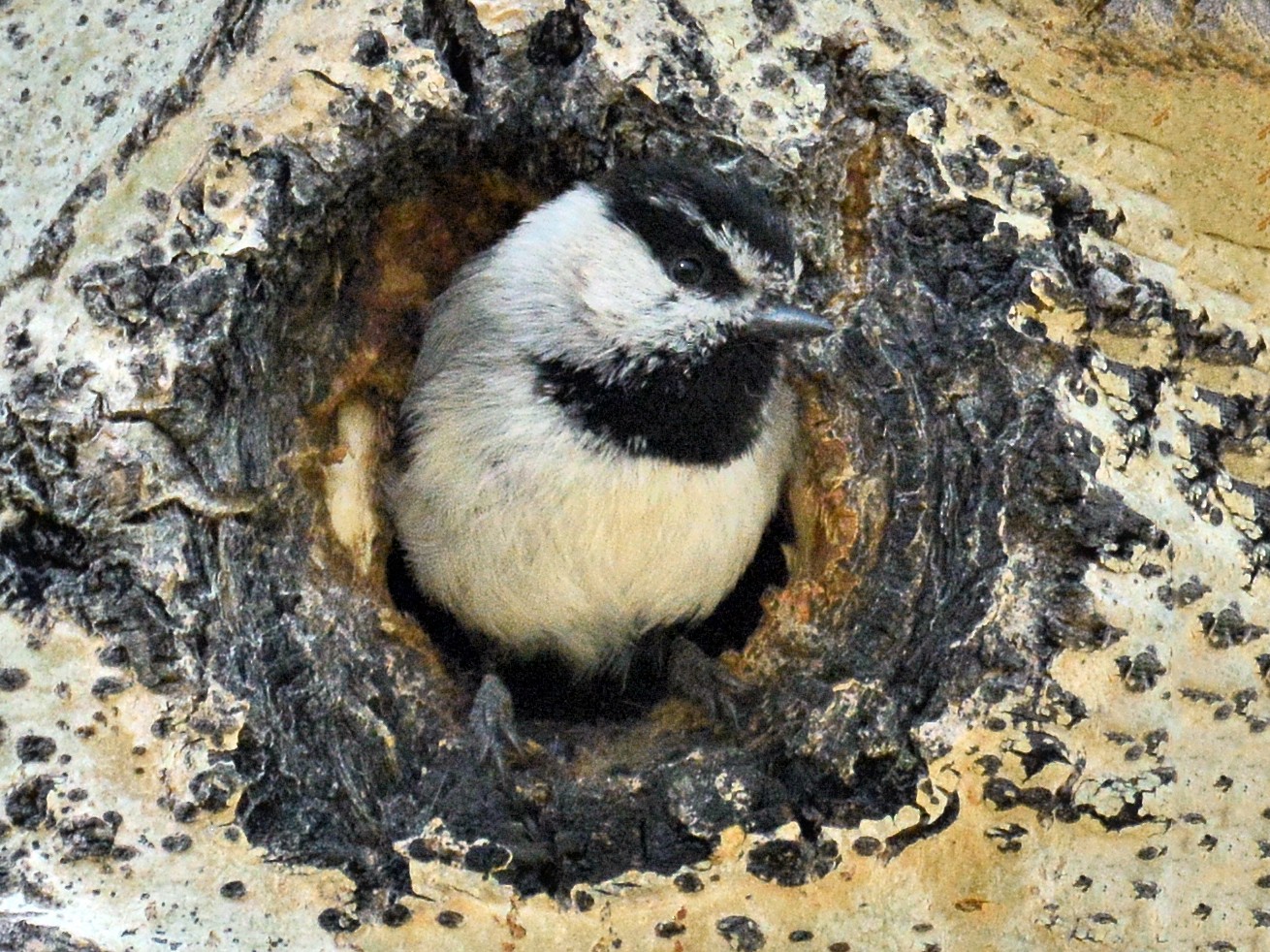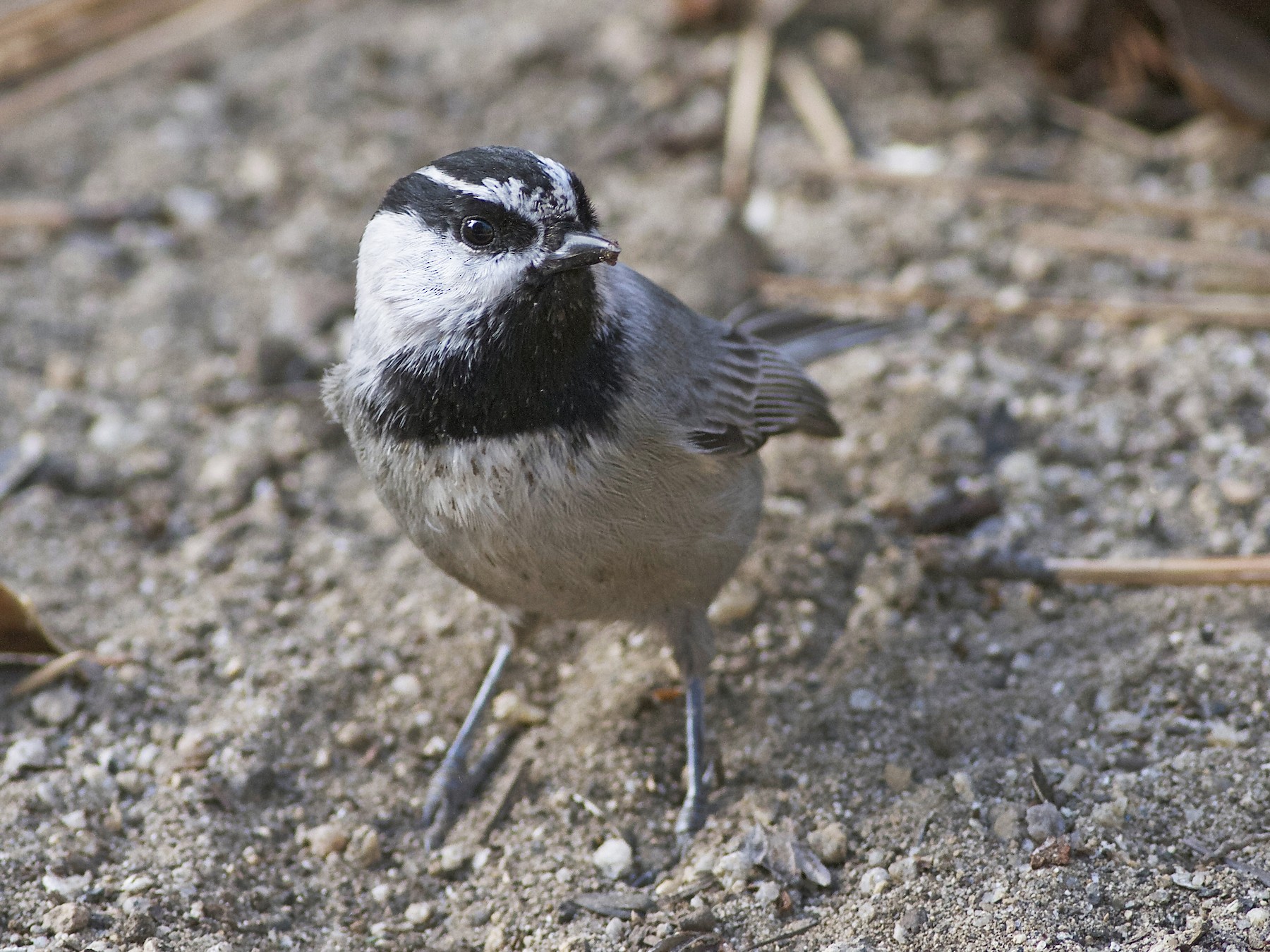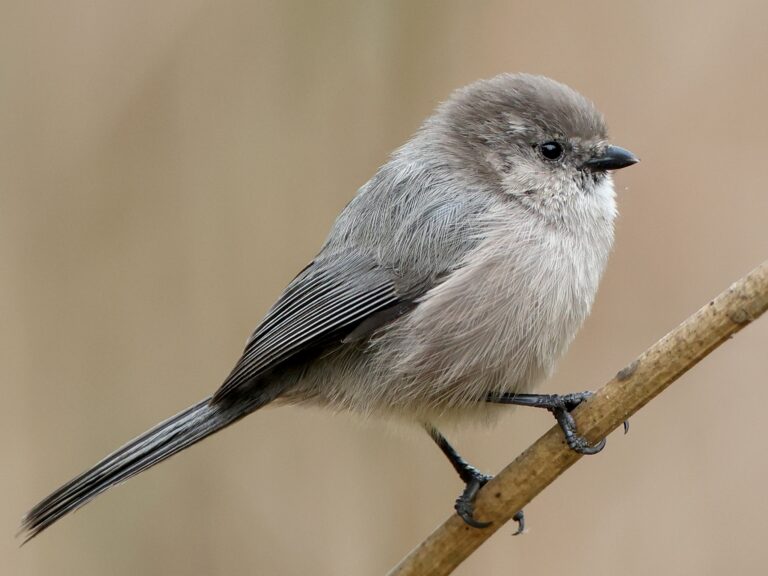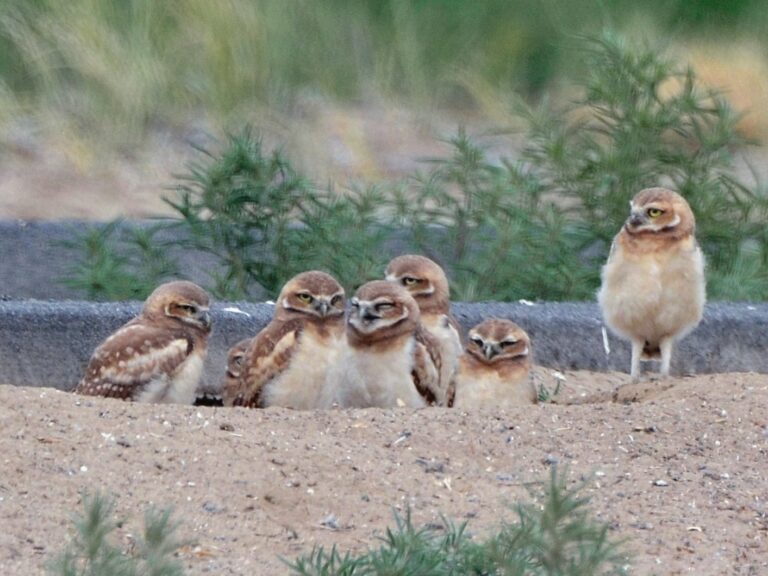Mountain Chickadee: Discover the Remarkable Adaptations of This Hardy Songbird
Mountain chickadees are tiny songbirds with a few distinctive physical traits. They live in mountain forests across western North America, bustling with curiosity and a knack for making themselves heard.
Physical Characteristics
The mountain chickadee (Poecile gambeli) measures around 12–15 cm and weighs 9–14 grams. It’s got a round body, a big head, and a surprisingly short neck. Their wings are short and rounded, and the tail looks long and narrow for their size. The back is mostly gray, while the underparts are a soft white.
Wings and tail show off a darker gray shade, and the feathers often look a little fluffy. Chickadees belong to the Paridae family, a group of lively, small birds. Their bill is small, black, and straight—perfect for pecking at seeds and insects. Males and females look almost identical; honestly, it’s tough to tell them apart just by looking.
Distinguishing Features
The real giveaway is that bold white eyebrow (the “supercilium”) arching above the black eye stripe. You can spot this flashy line from a distance, and it really sets them apart from other chickadees.
They wear a black cap and throat patch, with white cheeks that pop against the dark head. Their calls are sharp and clear, with that classic “chick-a-dee-dee-dee” and “tseet” ringing out through the woods.
Within flocks, subtle differences in plumage and calls help them recognize each other. Their look stays pretty consistent across their range, from the Pacific coast mountains to the Rockies and down the Sierra Nevada.
Comparison With Similar Species
People often confuse mountain chickadees with black-capped chickadees. The white eyebrow is the easiest way to tell them apart—black-capped chickadees just have a plain black cap that comes down to the eyes.
Body size, shape, and plumage color are similar between the two. Still, the eyebrow is unique to the mountain chickadee. If you want a deep dive into the differences, here’s a scientific explanation of key features.
Where their ranges overlap, hybrids can show up, but that eyebrow usually gives it away. Their calls also differ a bit—vocalizations can help you sort them out in the wild (check out chickadee calls for more).
Habitat and Distribution
Mountain Chickadees stick to western North America, mostly in cooler, forested mountain areas. They’re common in the mountains but sometimes wander into backyards, especially where forests meet neighborhoods.
Native Range and Regions
You’ll find them from the Canadian Rockies south through the western U.S.—think Colorado, California, and up into the Sierra Nevada. Their range stretches west to the Pacific mountains and east to the Black Hills.
They even show up in the mountains of southern California, reaching Baja California’s northern ranges. These birds thrive in cold, high places and rarely venture into flat lowlands.
People living in western North America might spot them in forests or mountain towns. According to a systematic review, their distribution hugs upland and montane regions pretty closely.
Preferred Habitats
Mountain Chickadees love coniferous forests packed with pine, fir, or spruce. They lean toward cool, moist spots, especially where their range overlaps with birds like the Juniper Titmouse.
In Utah, for instance, they pick shaded habitats with big, old trees. They’re also regulars at backyard feeders, making them a familiar sight for folks living near mountain forests.
Planting native pines and leaving natural cover can increase your odds of attracting them. In open woodlands, they help control insects and add diversity, which benefits local habitats.
Diet and Foraging Behavior
Mountain Chickadees eat both plant and animal foods, switching it up as the seasons change. Their flexible feeding habits help them survive tough mountain winters.
Seasonal Food Sources
Seeds and insects make up most of their diet. In winter, they rely on conifer seeds—pine and spruce are favorites.
They stash extra seeds in crevices or under bark, saving them for snowy days. Come spring and summer, insects like caterpillars, spiders, and beetles take center stage. Protein from insects is crucial for raising chicks. Their food choices really depend on what’s available and nutritious. If you’re curious about their prey selection, check out mountain chickadee prey selection.
Foraging Techniques
Mountain Chickadees have some clever foraging techniques. They search branches, twigs, and bark, sometimes hanging upside down to reach hidden bugs or seeds. They’re famous for food caching—quickly gathering and hiding food in dozens of spots. Their strong spatial memory lets them find these stashes even after months.
Changing tactics helps them exploit new food sources and avoid wasting time searching in bad weather. Want to know more about their daily foraging? Here’s a look at foraging behaviors.
Vocalizations and Communication
Mountain Chickadees have a surprisingly varied set of songs and calls. They use these sounds for everything from attracting mates to keeping their flock in sync.
Calls and Songs
Their best-known song is a clear, whistled fee-bee or fee-bee-bay-bay, mostly sung by males in breeding season. These songs are all about attracting mates and claiming territory.
They also call out with a sharp chick-a-dee-dee-dee, a sound that’s common across chickadee species. The number of “dee” notes can change depending on what’s happening—more “dees” often means a predator’s nearby or the bird’s excited.
Some calls are softer, quick notes just to keep in touch with the group. Each vocalization shifts a bit depending on the situation, showing off their flexibility.
Urban mountain chickadees sometimes sing earlier or louder to compete with city noise. For more on their vocal range, see studies on vocalizations and song adjustment in noise.
Check their song and call out here.
Functions of Vocalizations
Their songs mostly defend territory and attract mates. A male’s singing both claims his space and lets females know he’s around.
The chick-a-dee call is a group signal—alerting others to food or warning about danger. When a threat is close, they add more “dees” to ramp up the alarm.
Contact calls help flocks stick together as they move through dense trees. Communication is crucial, especially since they live in flocks outside of breeding season.
They can tweak their calls to work better in noisy places, which is honestly pretty impressive. For more, see research on chickadee adaptation to noise.
Breeding and Nesting Habits
Mountain Chickadees pick specific nest sites, usually in tree cavities or old woodpecker holes. Both parents pitch in to feed and care for their chicks.
Nesting Sites and Construction
They usually nest in dead or decaying trees, often choosing abandoned woodpecker holes. Sometimes, they dig out their own cavities in soft, rotten wood.
Most nests sit between 3 and 20 feet off the ground, keeping them somewhat safe from predators. The female handles most of the nest building, using moss, fur, feathers, and plant fibers to make a soft cup.
Nesting kicks off in April as the weather warms up. This timing lines up with the spring insect boom, providing food for the chicks.
Reproduction and Eggs
The female lays about 5 to 7 eggs, small and white with reddish or brown specks. She incubates the eggs for roughly 13 to 15 days.
Once the chicks hatch, both parents feed them. The young stay in the nest for about 18 to 21 days before they fledge.
Usually, they raise just one brood each year. A second brood is rare, since a full breeding cycle takes around 39 days (see breeding studies).
Parental Behavior
Both parents share care duties. The female broods the young while the male brings food.
As the chicks get louder and hungrier, both parents ramp up feeding trips. Their diet for the chicks is mostly insects and spiders, with some seeds tossed in.
Parents also keep the nest tidy by removing eggshells and waste—less mess means less chance of attracting predators. For more on feeding rates and care, check out nestling feeding rates.
Frequently Asked Questions
Mountain Chickadees have quirky calls, impressive memories for finding food, and stick to pretty specific environments. These traits make them easier for birdwatchers to spot and identify.
What distinguishes the call of a Mountain Chickadee from other chickadees?
Mountain Chickadees are known for a “chick-a-dee-dee-dee” call with a raspy, buzzy twist. They also give a whistled “fee-bee-fee-bay.” These sounds set them apart from the smoother calls of Black-Capped Chickadees.
How does the memory of a Mountain Chickadee aid in its survival?
They stash food during warm months and rely on sharp spatial memory to find those hidden snacks in winter. Studies on spatial memory and survival show this skill helps them make it through tough seasons when food is scarce.
What are the key differences between Mountain Chickadees and Black-Capped Chickadees?
Mountain Chickadees have this bold white eyebrow stripe above their eyes. Black-Capped Chickadees don’t have that stripe—they just sport a more solid cap.
You’ll usually spot Mountain Chickadees at higher elevations. Their bills are a bit longer than those of Black-Capped Chickadees, if you’re really paying attention.
In which habitats can one typically find Mountain Chickadees?
These birds stick to coniferous forests in the mountains of western North America. You’ll find them in pine, fir, or mixed woodlands, usually at mid to high elevations.
They don’t show up in lowland areas very often.
What are some effective methods to attract Mountain Chickadees to your yard?
Try offering sunflower seeds, suet, or peanuts—these snacks can bring Mountain Chickadees around. They seem to like feeders that give them some protection from predators.
If you can, plant native trees and shrubs. That way, you’re giving them natural cover and more places to nest.
How can understanding the size and range of Mountain Chickadees contribute to bird watching?
Mountain Chickadees are tiny songbirds, usually just 5 to 6 inches long. That size detail alone can help you pick them out from a crowd.
Their range? You’ll find them in the mountains of western North America. So if you’re birdwatching out there, keep an ear out for their unique calls and an eye out for those small, busy bodies.
